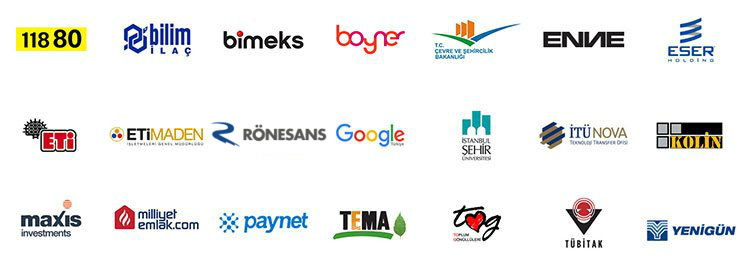
In procurement, cost overruns can feel like a silent drain on resources, quietly undermining strategic objectives.
These unwelcome escalations in expenditure, often emerging unexpectedly, are a significant pain point for procurement professionals and finance leaders alike.
Effectively "stopping the bleeding" requires more than just reactive measures.
The Core Problem: Unseen Financial Leaks
The underlying issue is a lack of control that allows spending to exceed budgeted limits.
A project begins with an approved budget, but over time, it slowly inflates with small additions, scope changes, and unforeseen expenses.
This situation often arises not from a single major error, but from the accumulation of hundreds of small, unnoticed deviations.
These financial leaks reduce the predictability of the procurement department and erode confidence in the company's overall financial planning.
The feeling that control has been lost is both demoralizing and operationally dangerous.
More Than Just Numbers: The Erosion of Trust
The damage created by cost overruns extends far beyond the numbers on a balance sheet.
It creates an erosion of trust within the organization.
The finance department begins to question procurement's budget discipline.
Operational departments become frustrated when their commitments cannot be met due to cost issues.
Relationships with suppliers become strained.
Disagreements over scope and cost can wear down carefully built partnerships.
Worst of all, procurement leaders are constantly left in a defensive position with senior management, forced to explain the costs.
This is one of the biggest obstacles preventing procurement from being seen as a strategic value center.
Reclaiming Control: Strategies for Mastering Spend Management
It is possible to stop these financial leaks and gain full control over expenditures.
This isn't just about cutting spending; it's about ensuring every dollar is spent wisely, transparently, and strategically.
Below are the core strategies that will help you eliminate cost overruns by mastering spend management.
The Anatomy of Cost Overruns: Common Causes
To find an effective solution, one must first understand the root of the problem.
Cost overruns often stem from a few key areas:
- Scope Creep: The expansion of project requirements beyond the original agreement without a corresponding increase in budget.
- Inaccurate Cost Estimates: Unrealistic initial budgets set due to insufficient market research or overly optimistic projections.
- Weak Supplier Management: Underperforming suppliers causing delays, quality issues, or unexpected price hikes.
- Lack of Visibility: The inability to track spending in real-time leads to budgets being exceeded without notice.
- Inadequate Contract Control: Overlooking details like monitoring contract terms and missing renewal dates.
How can you prevent cost overruns in projects?
The most effective way to prevent cost overruns is to be proactive.
Create a highly detailed project scope and a realistic budget at the very beginning of the process.
Set aside a certain amount of contingency funds for potential risks.
Establish a strict process for managing change requests and document the budget impact of every change.
Finally, continuously monitor spending against the budget throughout the project to identify deviations at an early stage.
The Strategic Solution: Proactive Spend Control
Spend control is more than analyzing expenses after they've been made; it's the ability to direct spending before it even happens.
Institute Rigorous Upfront Planning and Budgeting: Ensure every procurement project starts with clearly defined goals and a detailed budget. Involve finance and relevant departments to share accountability.
Enhance Spend Visibility: Implement systems and processes that give you a real-time view of all corporate spending. You should know instantly how much is being spent, by whom, and where you stand against the budget.
Strengthen Contract Lifecycle Management (CLM): Contracts are your most powerful tools for cost control. Clearly define pricing, deliverables, and performance metrics, and proactively monitor compliance.
What exactly is spend control and how does it work?
Spend control is the set of processes and policies that ensures all purchases an organization makes are deliberate, approved, and budgeted for.
It often works through digital platforms (eProcurement systems) that manage the entire process from requisition to approval, to purchase order, to invoice.
When a request is made, the system checks it against the relevant budget and routes it through approved workflows.
This prevents budget overruns and unauthorized spending before they can even happen.
Conclusion: From Reactive Fixes to Strategic Financial Stewardship
Cost overruns are not just budgetary annoyances; they represent inefficiencies and risks that can hamper an organization's financial health and progress.
By strategically addressing the root causes and embracing comprehensive spend management practices, procurement leaders can transform their function into a powerful driver of financial stewardship and operational excellence.
This journey involves a commitment to planning, visibility, robust supplier and contract management, and fostering a company-wide culture of cost-consciousness.
Ultimately, mastering spend management is about ensuring every dollar spent is visible, controlled, and contributes optimally to the organization's success.
How would these strategies impact your team? Continue the conversation by sharing this post on your professional network and tagging Digita Technologies!







